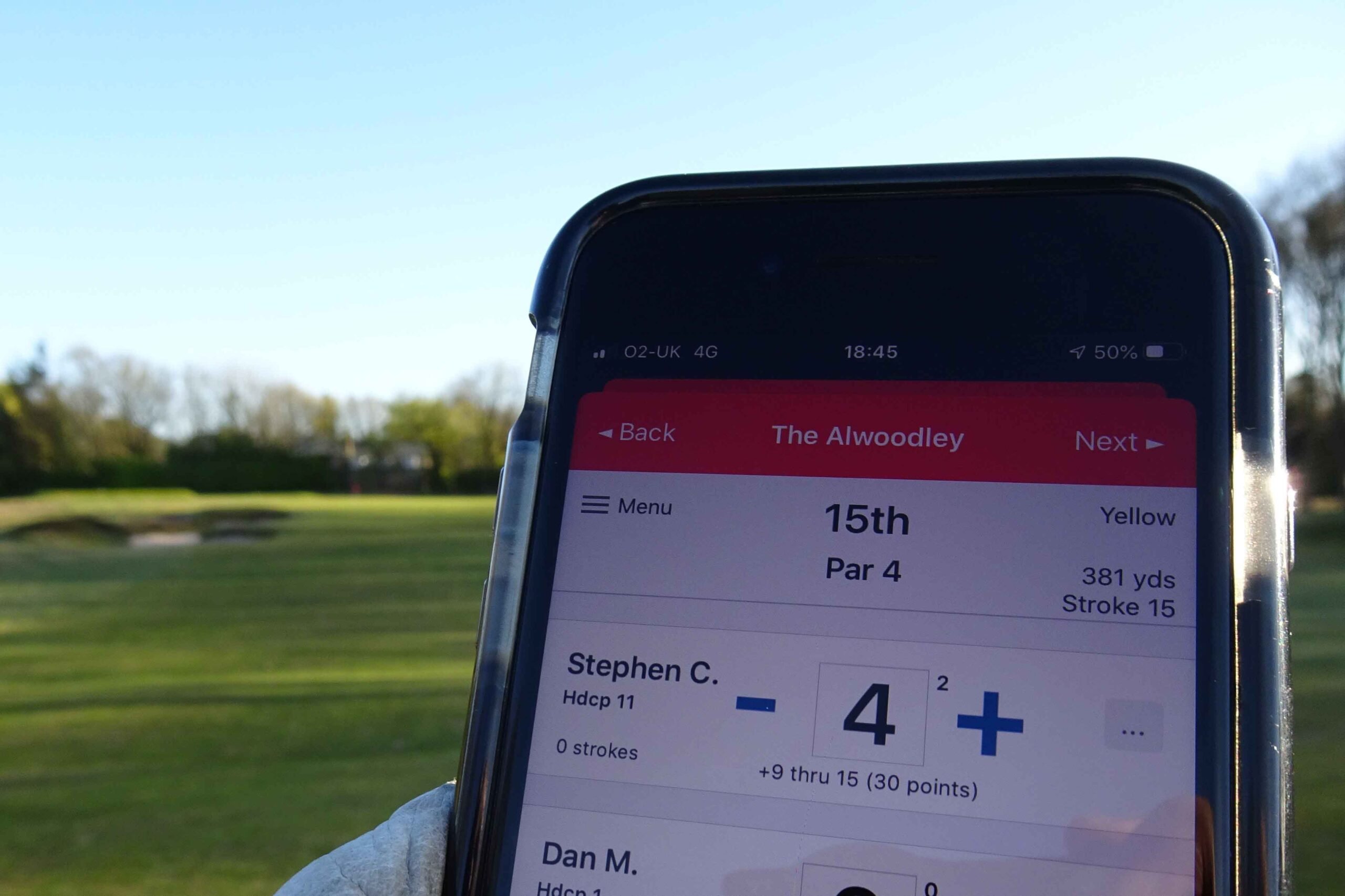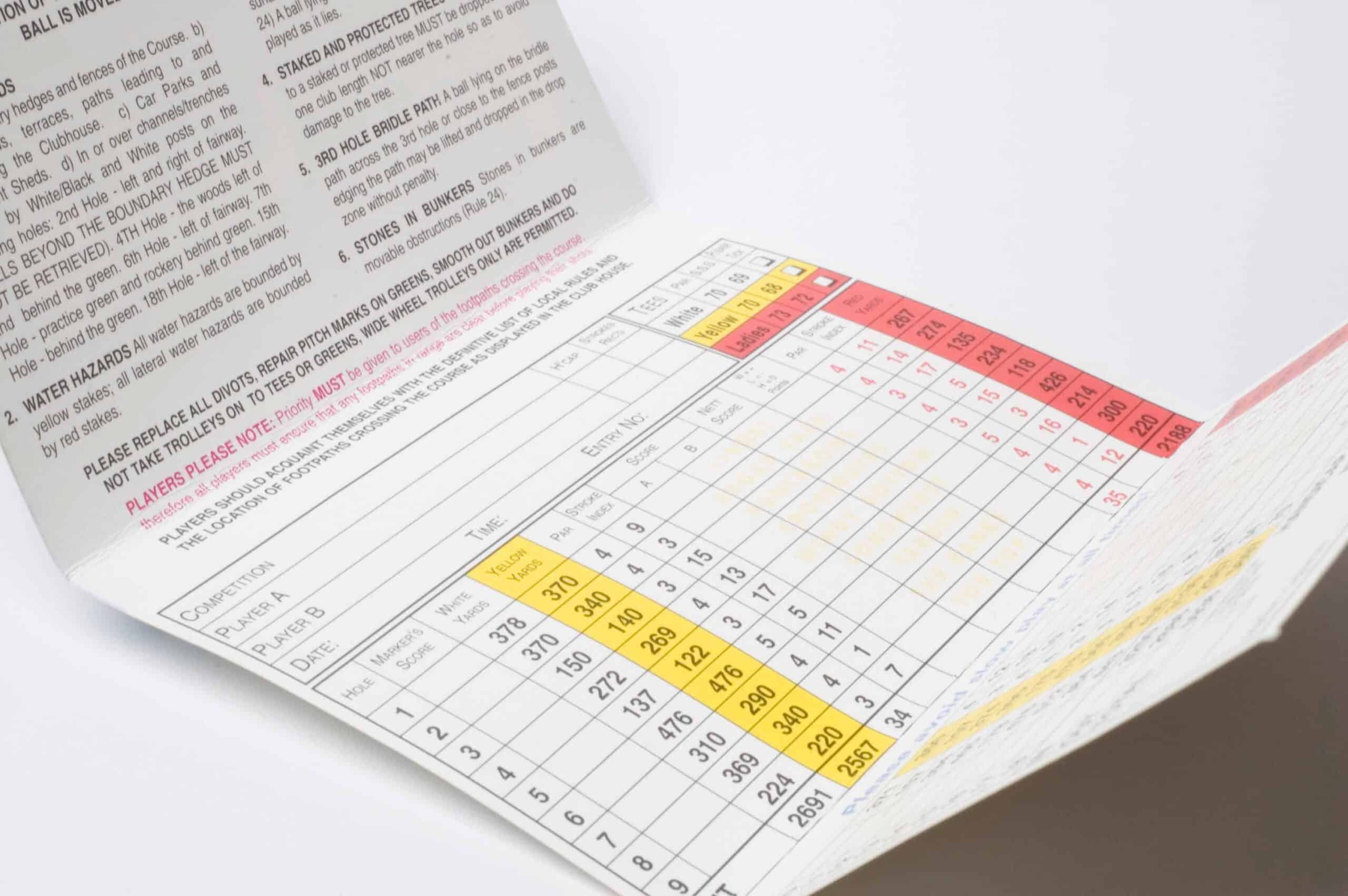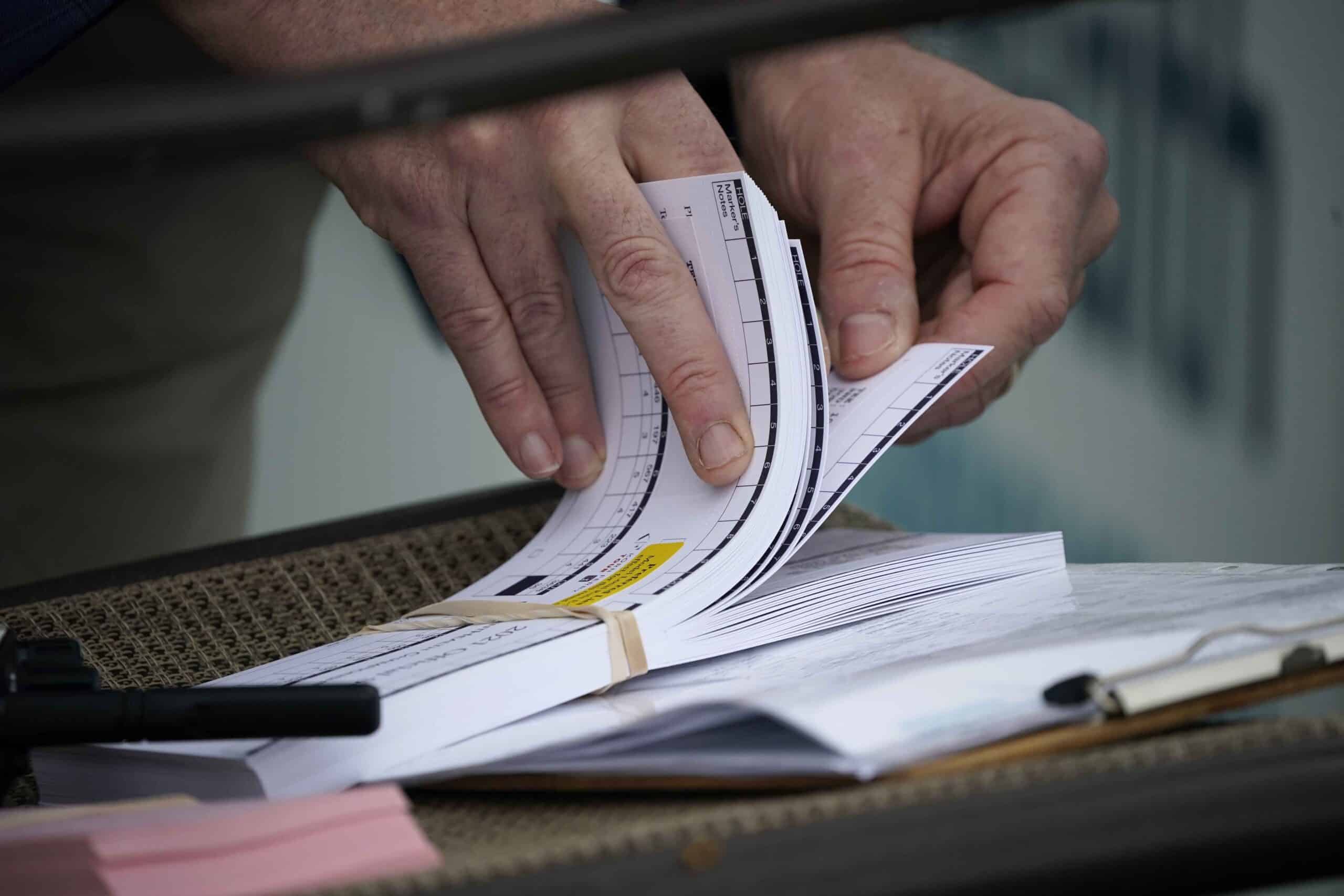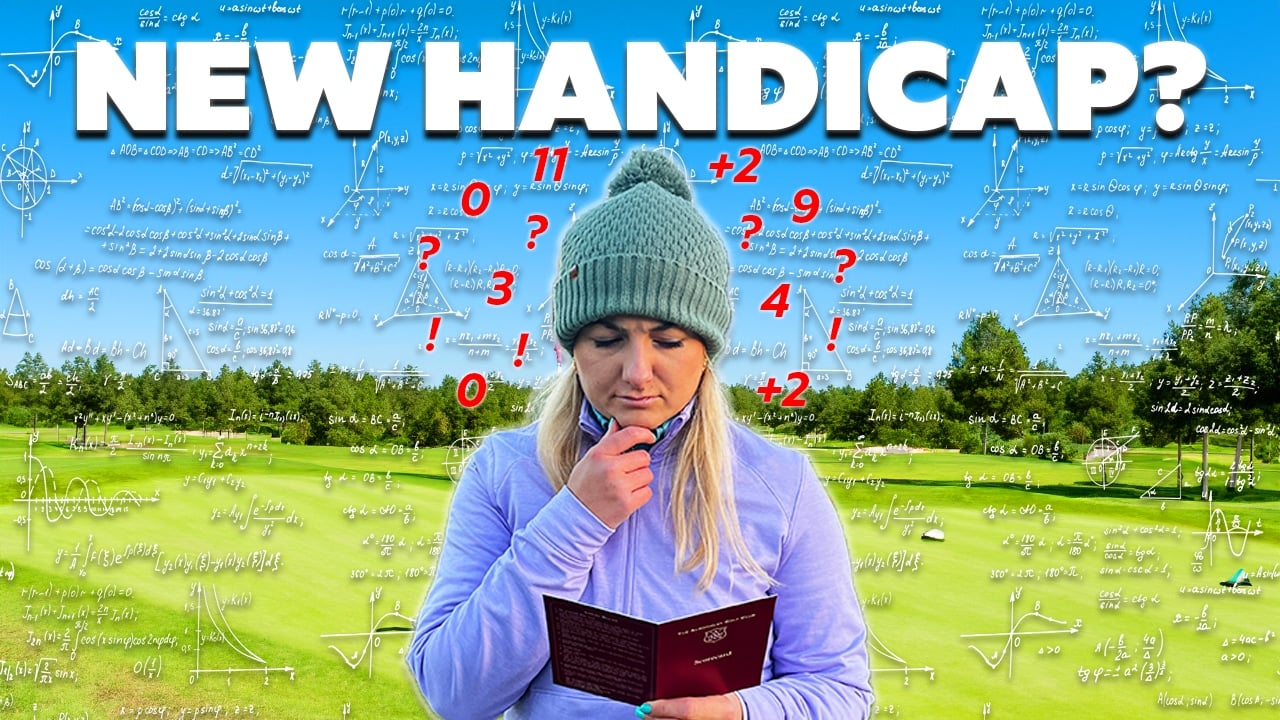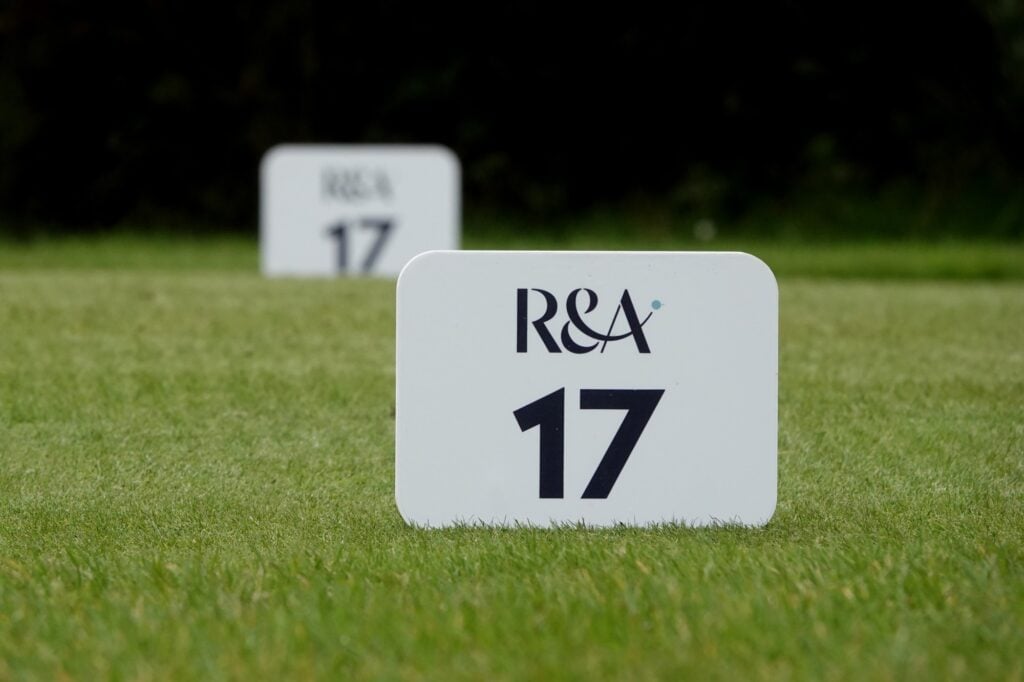
‘It’s good governance’: Why The R&A carried out a huge WHS review
The Rules of Handicapping and the World Handicap System are changing. We sat down with R&A chiefs to discuss the big alterations coming in 2024
The World Handicap System is changing and it’s going to affect every club golfer.
New Rules of Handicapping have been announced by The R&A and USGA – coming into effect across the world on January 1, 2024, and in Great Britain & Ireland on April 1.
Among the big moves are the introduction of Course Rating minus Par in GB&I, a new way of scaling up 9-hole rounds and dealing with holes not played, and the chance for many more Par 3 and short courses to achieve a World Handicap System Course Rating.
You can read more about everything that’s coming in right here, but NCG sat down with Claire Bates, The R&A’s director of Handicapping, and Gemma Hunter, The R&A’s Handicapping and Course Rating manager, to run through some of the major changes…
WHS Changes 2024: The R&A announce World Handicap System revisions

These are the first big changes to the Rules of Handicapping since WHS was launched. Why do we need this review?
Claire Bates: It’s good governance. This is the first revision – we launched WHS in 2020 – and we knew there was always going to be a period where we needed to watch the system bed in and make sure it performed the way we intended; the way it had been modelled to perform.
Since launch, we have monitored performance closely, listened to the feedback we have received, and gone through a thorough review process.
That’s just as it is with the Rules of Golf and the Rules of Amateur Status and WHS sits under that same governance umbrella.
Let’s move onto some of the specifics of the changes and start with Expected Score. How will this work in practice?
Gemma Hunter: Expected Score is simply the differential we expect a player to score over a specific number of holes. We’ll use 9-holes as the easiest example.
We know a player has gone out and played 9-holes and they have their adjusted gross score. What do we do for the back nine they have not played?
It’s always been a question and, previously, it was 17 Stableford points. A question we received was, ‘is 17 right?’ You might have a higher handicap player who won’t score 17 and a lower player who might score more than 17.
We looked at how we could replace that to provide more accuracy and more consistency in application and the result is Expected Score.
This is a player’s expected score differential for the holes they don’t play – based on playing a course of standard difficulty. It’s not the back 9 of the course they are playing, or the front 9, it’s based on a course slope of 113 and your Handicap Index.
Everybody’s Expected Score is going to be different.
A lot of research and data analysis was carried out in terms of the effect 17 points had previously. With Expected Score, we want that idea of consistency and application and being more equitable in some cases.
Claire: We got a lot of feedback from people who play an awful lot of 9-hole rounds, and occasionally play an 18-hole round, who felt the previous method didn’t quite make their Handicap Index portable between the two formats. We feel this new method will make a Handicap Index much more portable between 9 and 18-hole play.
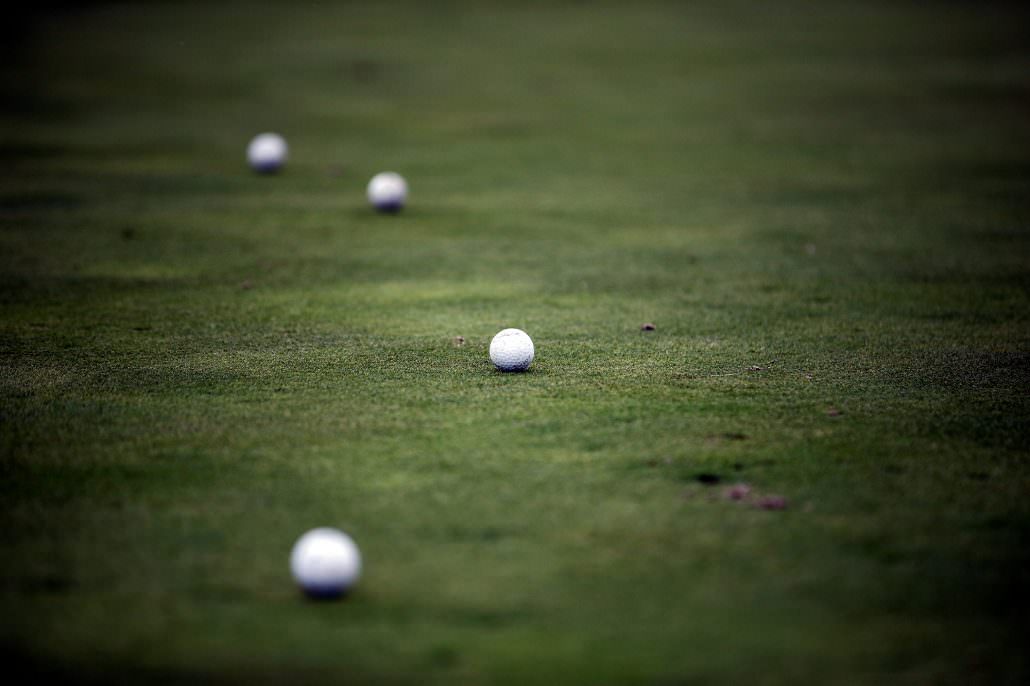
Shorter courses will now be easier to rate within WHS. Is this about giving more pathways to handicaps?
Claire: Absolutely and it will also enable golfers to start gaining the benefits of having a Handicap Index a lot earlier than they would normally.
They can start tracking their progress, against other golfers, and it should make it easier for them as they transition to longer more traditional length golf courses. We think this is a great change and it speaks to the principles of WHS of inclusivity and accessibility to the handicap system.
Gemma: It reaches out to non-traditional facilities as well. We know there are a lot of Par-3 courses, and courses that aren’t necessarily Par-3 but previously fell under that 3,000-yard limit for 18-holes or 1,500-yards for 9-holes.
Now we’re giving them the opportunity to have a rating, to open the door to people who want to put a score in for handicap purposes and start on their golfing journey. We’re confident journeys from those courses to a traditional golf course will be a smooth one, and handicaps will track and allow players to play a longer course.
But it will also allow players who have played a lot of ‘traditional’ courses to go and play shorter courses – whether that be with family, for enjoyment, or to improve their skill level on shorter shots. It’s about giving people options for how they want to play golf.
Claire: There are thousands of courses around the world that will benefit from this and so the impact of this change will be significant.
We’ve talked about the work to make sure a Handicap Index was portable between 9 and 18-hole golf and another big piece of work was done here. While the ambition was to go down as low as we could in terms of yardage, we had to make sure an Index was portable between the shorter and longer length courses. That portability is important for the system to retain its integrity and trust.
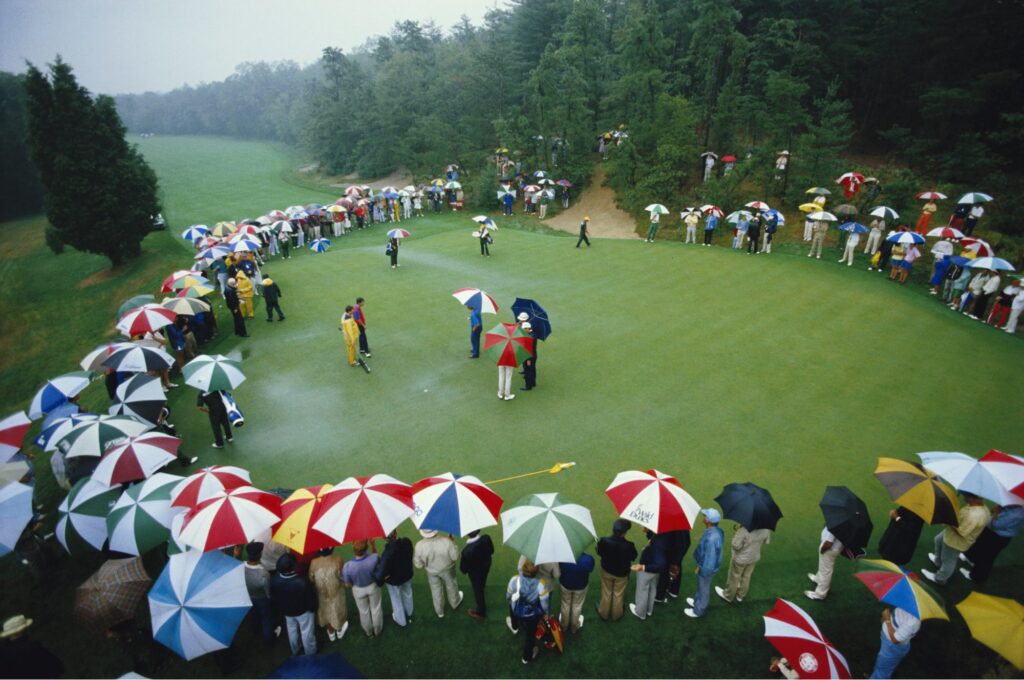
Looking at the Playing Conditions Calculation, there was an adjustment last year. Are you happier now with how it’s working?
Claire: The early signs are it’s less conservative, the needle is moving, and the incidence of a zero PCC adjustment is less prevalent. That’s the initial feedback but we need much more time and data to see globally what the impact of this change has been. Every January, we send a request to national associations worldwide to ask for their scoring data for the previous year.
When we do that next January, we should get a much better picture of what the impact of the change has been on adjustment levels. Then we can start discussing whether we think that’s enough, or whether we feel we’re now in the right place.
Course Rating minus Par is a significant change for GB&I and brings us into line with a lot of other associations. Why did we diverge in the first place?
Gemma: It’s a question I’ve answered quite a lot recently. When we did the initial transition, there were a couple of elements where we received strong guidance that it wasn’t potentially the right thing to do at the time. Whether that was right or wrong, that was the decision we made.
It’s three and half years later for GB&I and you have time to look back at what happened, and the impact, and ask ‘did we make the right decision in the first place?’
That’s for others to answer but now GB&I have made the decision that to move in line with everybody else is the right thing to do.
In terms of mixed tee golf, it has a huge benefit. It’s simpler for golfers to understand. Ninety-five per cent of golfers always relate their score to par, so why not put the Course Handicap in the same position so people can say, ‘I was four over par’ and know it was four over and not four over Course Rating and getting confused around that.
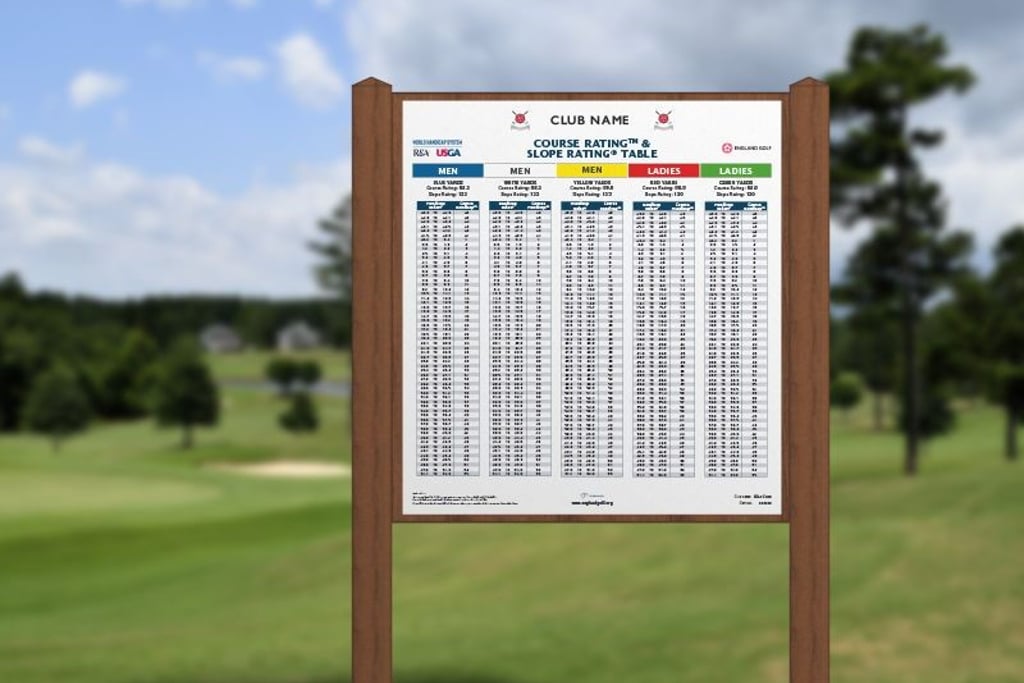
It’s interesting par is the target score again rather than Course Rating. Can you explain why that would be if Course Rating provides a more accurate figure of the difficulty of a course?
Gemma: Course Rating is the defined element of how hard the golf course is in terms of how it plays for the scratch player. But most people play to par. That’s what they see on the scorecard, and they don’t necessarily see the details of the Course Rating.
There is a lot more golf played in the Stableford format, so people are playing to par and seeing par more often.
Currently, the number of points needed to play to handicap changes depending on whether the Course Rating is higher or lower than par. From next year, to play to handicap will be 36 points.
When we grew up, that’s what we were told – 36 points is playing to handicap – so it is going back to that principle.
We may see differences in competition scores as a result of this change, bringing points totals back towards that 36 marker.
Aside from Stableford, can you express some of the other benefits of using Course Rating minus Par in GB&I?
Claire: If par remains the same throughout the tee sets, it’s going to be a lot simpler for golfers in mixed tee competitions because they won’t need to make an additional adjustment to their Playing Handicap. That’s a key benefit.
Another is intuition. As we’ve said, golfers will be comparing their target score against par rather than Course Rating. 36 points will mean you’ve played to your handicap.
I think they will also see greater difference in their Course Handicaps depending on the tees they choose. Presently, whether they play from the back, middle or forward tees, they don’t see so much movement in their Course Handicaps because that difference in Course Rating minus par is not included. That will be a real benefit.
And aligning with most countries around the world will allow visiting GB&I golfers to see that consistency in calculation of the Course Handicap. That will really speak to a World Handicap System.

Should golfers be patient? I know this doesn’t arrive in GB&I until April 1 – rather than January in other jurisdictions – but I imagine education will be needed, Course Handicap boards may need to change?
Gemma: There will be things that will have to change at club level. But we know GB&I are updating their apps so the Course Handicap calculator will be available and they may try and direct people there rather than having boards made.
The challenge from national associations to clubs is: can we come up with a better way of displaying this information to players?
Is it a QR code somebody can scan, rather than having a board – because if your par or Course Rating changes, now you need a new board? That’s just one element.
That is a challenge for clubs to think about how they might want to do this in the future. But, yes, it’s asking golfers just to be a little bit patient as clubs prepare for the introduction of the changes at the beginning of April.
The arrangements around fourball betterball are a very significant change. There are several criteria to be met. How much will golfers need to worry about these calculations?
Gemma: Players will go out and play fourball betterball just as they do now. The difference is they will return the score through the software.
At some clubs they may still hand the card into the secretary, or the pro, but it will go through the system and it will do all the calculations.
So questions like, ‘what do we need to do with the points? Whose score goes in, whose goes out?’ – the system will do that and golf clubs don’t have to worry about it and players certainly don’t have to worry about it.
Players will just play as they do now and let everything work its way through the system.
Another point to make is that fourball betterball scores are still not an acceptable score format for GB&I.
This is an extra step – a separate clause – in the Rules of Handicapping which says if a national association wants they can use individual fourball betterball scores that meet certain criteria as part of a player’s handicap record. It’s not that every fourball betterball score is an acceptable score and will go into a record.
For those players who may not play a lot of singles but play a lot of fourball betterball, it will give them an opportunity to get those scores into their record when they play well.
There are three criteria that need to be satisfied: Has the team scored more than 42 points? If so, has one team member’s score counted towards the team score on more than 9 holes?
Is so, when that player’s score is extrapolated to become 18-holes, have they scored more than 36 points?
Only if all three criteria have been satisfied does that score go in their record.
Claire: This change will help get more scores in people’s records, which the whole system thrives on. Its feeds on scores and for individuals, especially those people that play a lot of fourball betterball format, it will help their Handicap Indexes be more up to date and more reflective of their ability.
Another interesting change in GB&I is unrounding of handicaps. Could you explain what it will mean for golfers? Are we going to see lots of decimal points on our apps?
Gemma: This is about handicaps that sit on a breakpoint and how it skews it for those players. The idea of unrounded handicaps is it is consistently applied across everybody and those players that might have either gained or lost a stroke aren’t in that position.
In terms of the way it’s displayed on apps, everybody is going to do that slightly differently. You might not see the full unrounded Course Handicap and you might still only see a rounded number, but that number used to calculate your Playing Handicap is going to be based on the full, unrounded, value.
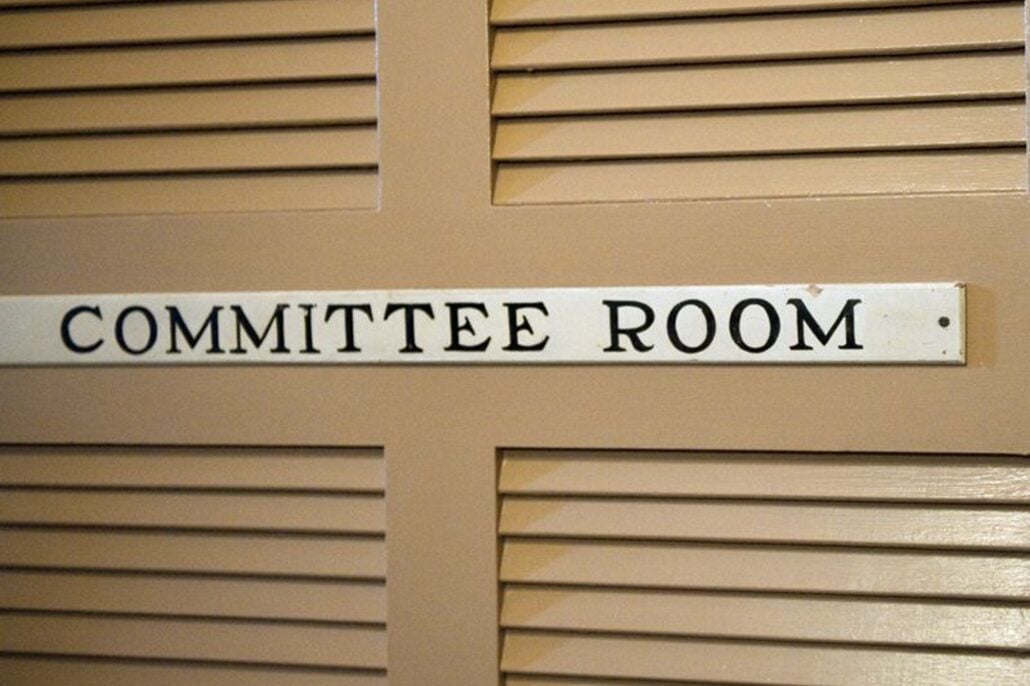
There also some changes to the handicap reviews process?
Gemma: We’re providing more information for handicap committees to give them more confidence to make an informed decision when making an adjustment to a player’s Handicap Index.
Handicap committees are a fundamental part of WHS and we want to be able to support them to make the correct decisions.
It’s also to help them make a decision because we know sometimes committees can be reluctant if they are not sure. We’re giving them more tools, to give them more confidence, to make the right decision based on the numbers, stats, and how a player performed over a period of time.
We’re changing the review report, and we’re adding extra reports to bolster that. That will be for the 2024 review, not necessarily the one everybody’s doing now.
Claire: A benefit of these improved tools is not just for the handicap committee at a particular club to be more active and more confident in acting, it’s also so there is more consistency across clubs.
Streamlining the analysis and reporting tools upon which all committees are basing their adjustments is going to lead to more consistency.
It’s no good if some clubs are adjusting people differently to others and this will help.
Now have your say
What do you think of these WHS changes 2024 in general? Let me know with a comment on X.
WHS Changes 2024
- Huge changes are coming to WHS! Here’s what you need to know
- Your fourball betterball score could soon count towards your handicap!
- What is Course Rating minus Par?
- Competitions with odd numbers of holes?
- What is Expected Score?
- What’s happening to my Course Handicap?
- You can put in a score on a Par 3 golf course!?
Steve Carroll

A journalist for 25 years, Steve has been immersed in club golf for almost as long. A former club captain, he has passed the Level 3 Rules of Golf exam with distinction having attended the R&A's prestigious Tournament Administrators and Referees Seminar.
Steve has officiated at a host of high-profile tournaments, including Open Regional Qualifying, PGA Fourball Championship, English Men's Senior Amateur, and the North of England Amateur Championship. In 2023, he made his international debut as part of the team that refereed England vs Switzerland U16 girls.
A part of NCG's Top 100s panel, Steve has a particular love of links golf and is frantically trying to restore his single-figure handicap. He currently floats at around 11.
Steve plays at Close House, in Newcastle, and York GC, where he is a member of the club's matches and competitions committee and referees the annual 36-hole scratch York Rose Bowl.
Having studied history at Newcastle University, he became a journalist having passed his NTCJ exams at Darlington College of Technology.
What's in Steve's bag: TaylorMade Stealth 2 driver, 3-wood, and hybrids; TaylorMade Stealth 2 irons; TaylorMade Hi-Toe, Ping ChipR, Sik Putter.



